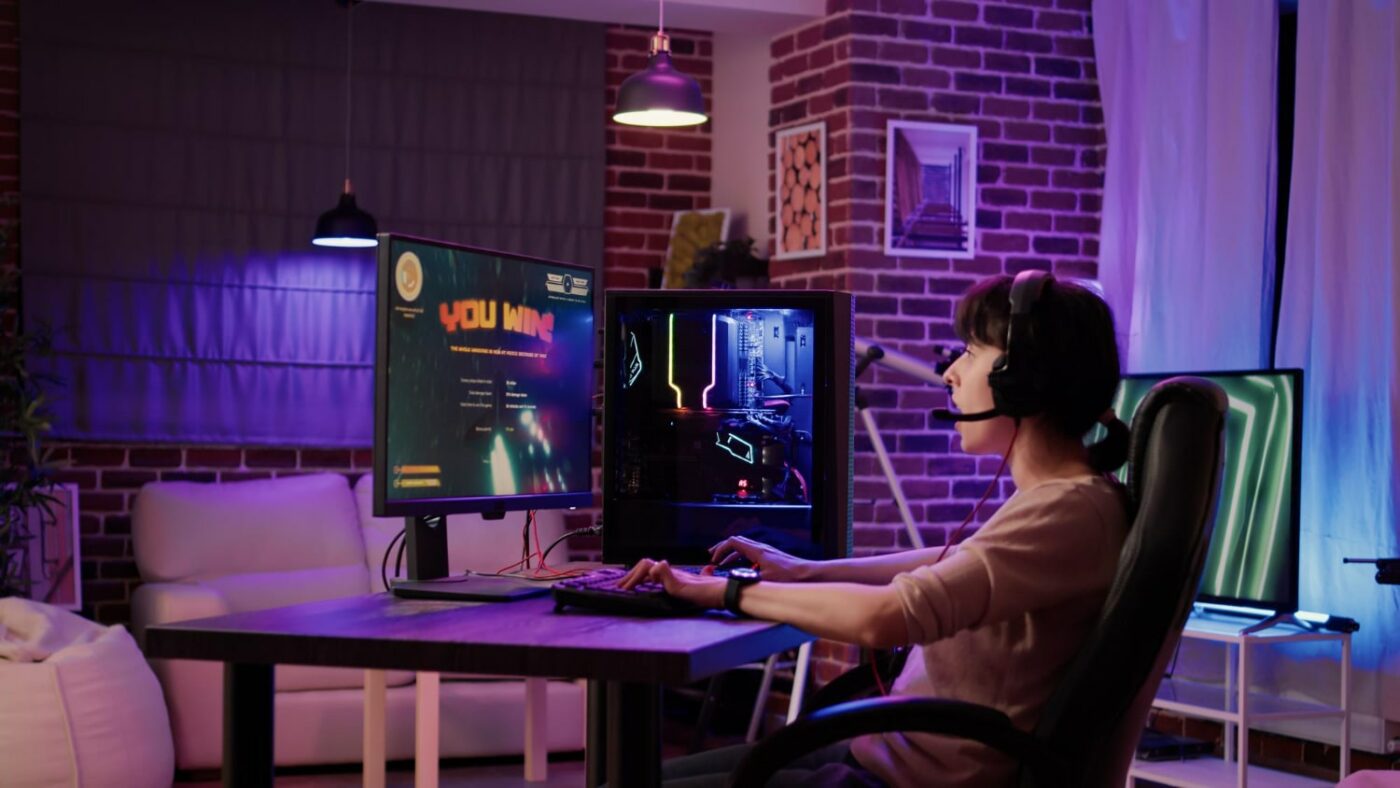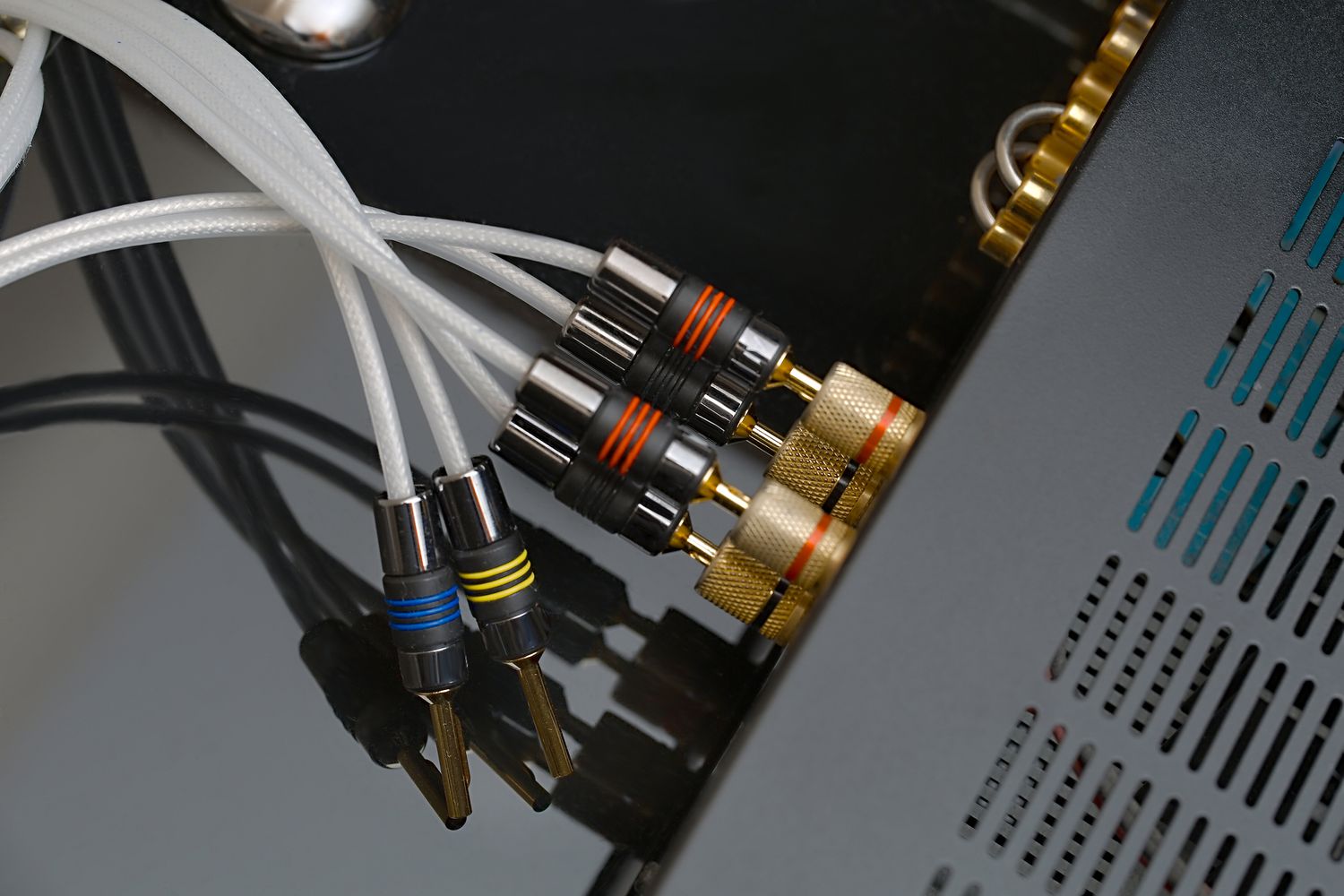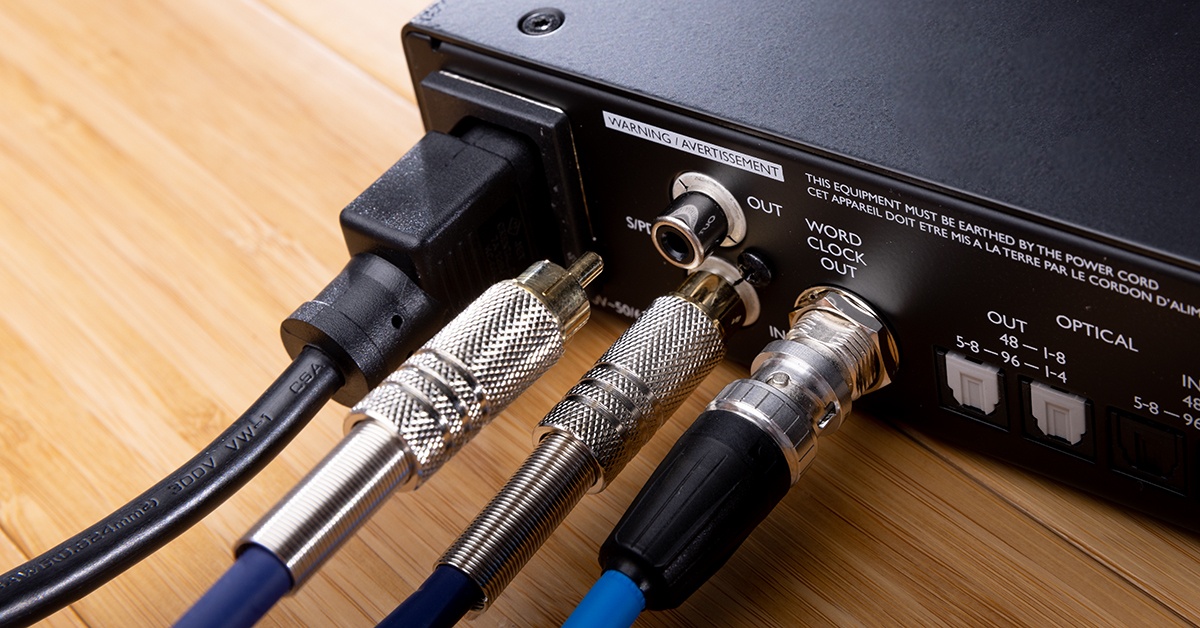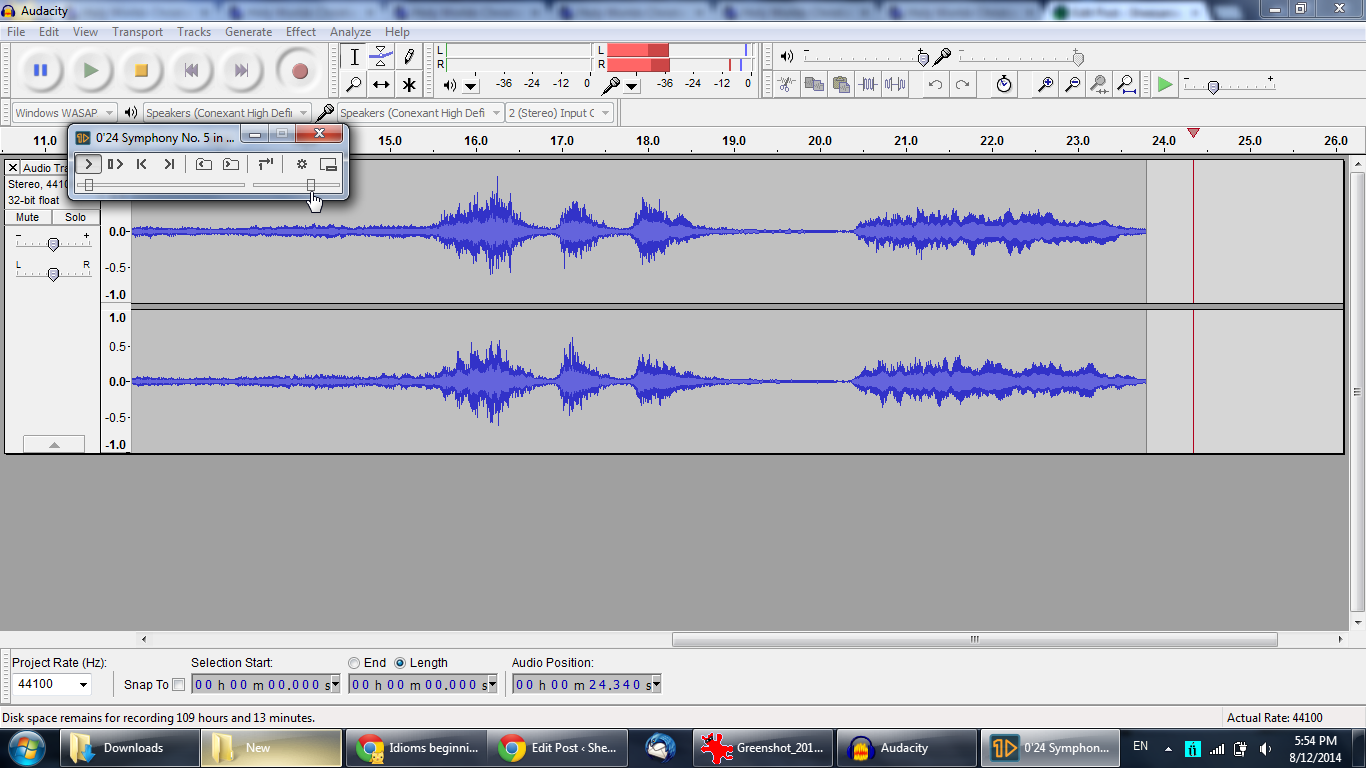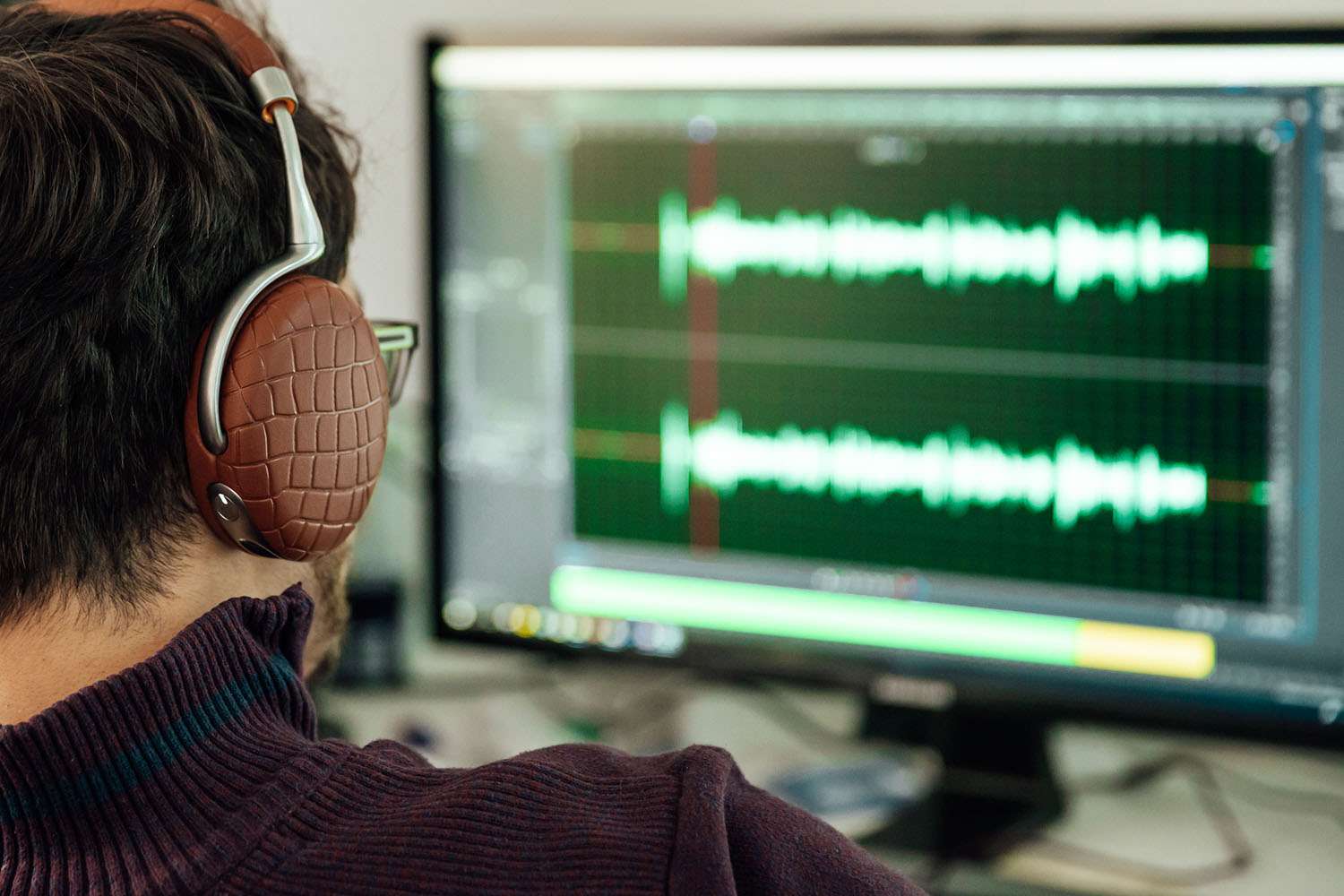Home>Production & Technology>Audio Cable>How To Download Virtual Audio Cable For TF2


Audio Cable
How To Download Virtual Audio Cable For TF2
Modified: January 22, 2024
Learn how to download Virtual Audio Cable for TF2 and enhance your gaming experience with high-quality audio. Improve communication and immerse yourself in the game with the help of this Audio Cable.
(Many of the links in this article redirect to a specific reviewed product. Your purchase of these products through affiliate links helps to generate commission for AudioLover.com, at no extra cost. Learn more)
Table of Contents
Introduction
Are you a passionate gamer who enjoys playing Team Fortress 2 (TF2)? Do you want to take your gaming experience to the next level by adding high-quality audio effects? If so, you’re in luck! In this article, we will guide you through the process of downloading and configuring Virtual Audio Cable (VAC) for TF2. Virtual Audio Cable is a powerful software that allows you to create virtual audio devices and route audio data between different applications.
Why would you want to use Virtual Audio Cable for TF2? Well, TF2 is known for its immersive gameplay and lively in-game sound effects. However, the default audio settings may not always provide the best experience. With Virtual Audio Cable, you can enhance the audio quality, add surround sound effects, or even create custom audio profiles tailored to your gaming preferences.
Before we dive into the installation and configuration process, let’s take a closer look at what Virtual Audio Cable is and how it can improve your TF2 gaming sessions.
Virtual Audio Cable acts as a virtual audio device driver, allowing you to create multiple audio endpoints and connect them together. This means that you can route audio from one application to another, or even split audio into multiple outputs. With Virtual Audio Cable, you have full control over sound routing and can create complex audio setups to suit your needs.
Imagine being able to hear the in-game sound effects of TF2 in your headphones while simultaneously streaming your gameplay with a different audio track. Or perhaps you want to isolate the voice chat audio from the game audio, so you can easily communicate with your teammates without any distractions. Virtual Audio Cable makes all of this possible.
Now that you have an understanding of what Virtual Audio Cable is and its potential benefits for TF2, let’s move on to the first step of the process: downloading Virtual Audio Cable.
Step 1: Downloading Virtual Audio Cable
To get started with Virtual Audio Cable, you’ll need to download the software from the official website. Follow these simple steps to download Virtual Audio Cable:
- Open your preferred web browser and navigate to the official website of Virtual Audio Cable.
- Look for the download link on the website. Most often, it will be located on the homepage or in a dedicated downloads section.
- Click on the download link to initiate the download process.
- Depending on your browser settings, you may be prompted to choose a download location on your computer or the file may automatically start downloading.
- Wait for the download to complete. The file size of Virtual Audio Cable is relatively small, so it shouldn’t take too long to download.
Once the download is finished, you will have the Virtual Audio Cable installation file ready to be installed on your computer. Before proceeding to the installation, make sure you have a license key or are prepared to use the software in trial mode.
It’s important to note that Virtual Audio Cable is not a free software. There is a limited trial version available, but for full functionality, including the ability to use more than two cables, you will need to purchase a license.
Now that you have successfully downloaded Virtual Audio Cable, let’s move on to the next step: installing the software.
Step 2: Installing Virtual Audio Cable
Now that you have downloaded the Virtual Audio Cable installation file, it’s time to install the software on your computer. Follow these steps to complete the installation:
- Locate the downloaded installation file on your computer. It is usually located in your downloads folder or the location you chose during the download process.
- Double-click on the installation file to run the installer.
- You may be prompted by your operating system to confirm that you want to run the installer. Click “Yes” or “Run” to proceed.
- The Virtual Audio Cable installer will launch. Read through the initial information and click “Next” to continue.
- Review the license agreement and click on the checkbox to indicate that you accept the terms. Click “Next” to proceed.
- Choose the destination folder where you want to install Virtual Audio Cable. The default folder is usually fine, but you can select a different location if desired. Click “Next” to continue.
- On the next screen, you will have the option to create a Start Menu folder and desktop shortcut for Virtual Audio Cable. Choose your preferred options and click “Next” to proceed.
- Review the installation summary and click “Install” to begin the installation process.
- Wait for the installation to complete. This may take a few moments, so be patient.
- Once the installation is finished, you will see a confirmation message. Click “Finish” to exit the installer.
Congratulations! You have successfully installed Virtual Audio Cable on your computer. Now, let’s move on to the next step: configuring Virtual Audio Cable for TF2.
Step 3: Configuring Virtual Audio Cable for TF2
Now that you have Virtual Audio Cable installed on your computer, it’s time to configure it specifically for Team Fortress 2 (TF2). Follow these steps to set up Virtual Audio Cable for TF2:
- Launch Virtual Audio Cable by finding it in your Start Menu or double-clicking on the desktop shortcut if you created one during the installation process.
- You will see the Virtual Audio Cable control panel. Here, you can manage the virtual audio cables and configure the routing of audio between applications.
- First, we need to create a virtual audio cable. To do this, click on the “Add New Cable” button, usually located at the top or bottom of the control panel.
- A new virtual audio cable will be created. Note its name, as we will use it later in the configuration.
- Next, we need to configure TF2 to use the virtual audio cable. Open the game and navigate to the audio settings.
- In the audio settings, look for an option to select the audio device or output. Choose the virtual audio cable you just created as the audio output device for TF2.
- Save the settings and restart TF2 for the changes to take effect.
Now that you have configured Virtual Audio Cable and set TF2 to use the virtual audio cable, audio from the game will be routed through Virtual Audio Cable. This means you can further customize the audio by using other tools or software that supports virtual audio devices.
It’s important to note that Virtual Audio Cable provides additional options and settings that you can explore to fine-tune the audio routing and enhance the gaming experience. Take some time to familiarize yourself with the control panel and experiment with different configurations to find what works best for you.
With Virtual Audio Cable properly configured for TF2, you are now ready to test the setup and enjoy an enhanced audio experience while playing the game.
Let’s move on to the final step: testing Virtual Audio Cable with TF2.
Step 4: Testing Virtual Audio Cable with TF2
Now that you have configured Virtual Audio Cable for TF2, it’s time to test the setup to ensure everything is working as intended. Follow these steps to test Virtual Audio Cable with TF2:
- Launch TF2 on your computer.
- Enter a game or load a saved game to start playing.
- Pay attention to the sound coming from the game. You should hear the in-game audio through the virtual audio cable.
- Experiment with different audio settings in TF2, such as adjusting the volume, enabling surround sound, or modifying other audio options. Listen carefully to observe the changes in the audio output.
- If you have other tools or software that support virtual audio devices, you can also try routing the audio from TF2 to those devices to further enhance the audio experience.
- Ensure that the audio is clear and that there are no issues or disruptions in the sound output.
During the testing phase, it’s essential to make adjustments to the audio settings in both Virtual Audio Cable and TF2 to find the perfect balance and achieve the desired audio quality. Take your time to experiment and find the optimal settings that suit your preferences.
If you encounter any issues or have questions during the testing process, consult the Virtual Audio Cable documentation or seek assistance from the support channels provided by the software.
Once you are satisfied with the performance and audio quality, congratulations! You have successfully tested Virtual Audio Cable with TF2, allowing you to enjoy an enhanced audio experience while immersing yourself in the game.
Now, it’s time to wrap up.
Conclusion
In conclusion, Virtual Audio Cable is a powerful tool that can greatly enhance your TF2 gaming experience by allowing you to customize and control the audio output. In this article, we guided you through the process of downloading, installing, configuring, and testing Virtual Audio Cable for TF2.
By following the steps outlined in this guide, you can create virtual audio devices, route audio between applications, and fine-tune the audio settings to your liking. Whether you want to add surround sound effects, create custom audio profiles, or isolate specific audio sources, Virtual Audio Cable gives you the flexibility to do so.
Remember, Virtual Audio Cable is not a free software, and you may need to purchase a license for full functionality. However, there is a trial version available for you to test out its features and see the benefits for yourself.
As you become more familiar with Virtual Audio Cable, you can explore other tools and software that support virtual audio devices to further enhance your gaming setup. Don’t hesitate to experiment with different audio configurations and settings to find what works best for you.
We hope that this guide has helped you understand the process of downloading, installing, configuring, and testing Virtual Audio Cable for TF2. Now, it’s time for you to unleash the power of virtual audio and elevate your gaming experience to a whole new level.
So, grab your headphones, launch TF2, and immerse yourself in the rich and immersive audio adventure that Virtual Audio Cable can provide. Happy gaming!


